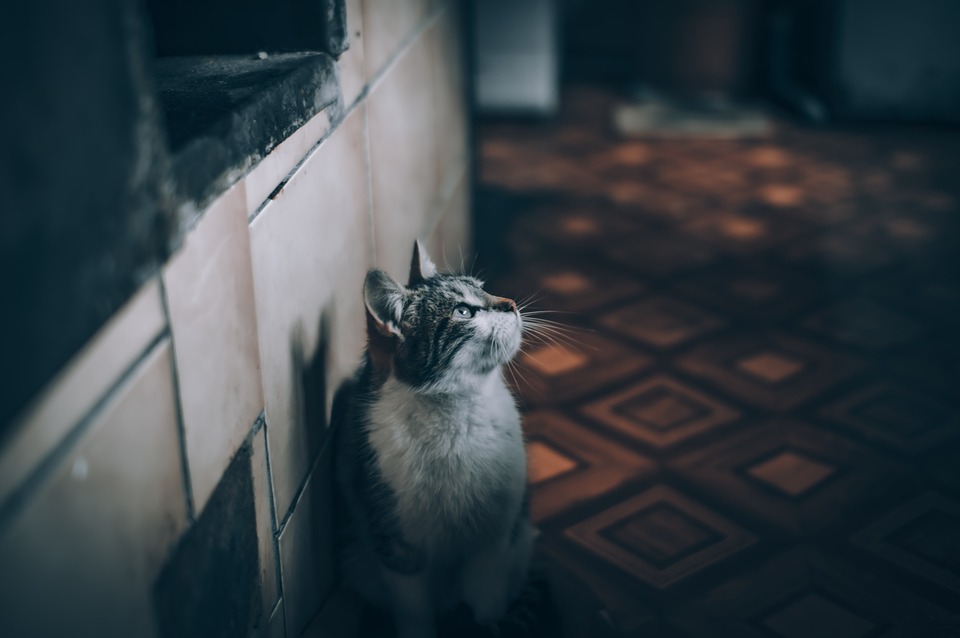Hey there, curious little learners! Today, I’m here to tell you all about how plants use sunshine to make their own food through a magical process called photosynthesis. 🌿✨
What is photosynthesis?
Photosynthesis is like a superpower that plants have. They use sunlight, water, and carbon dioxide from the air to create their own food in the form of glucose. This process takes place in the cells of green plant parts, such as the leaves. 🍃💧☁️
How does it work?
Plants have a special pigment called chlorophyll that gives them their green color. This pigment absorbs sunlight and uses its energy to convert carbon dioxide and water into glucose and oxygen. The oxygen is released into the air as a byproduct, which is great news for us because we need oxygen to breathe! 🌬️🌿
Why is it important?
Photosynthesis is essential for all living things on Earth. It not only provides plants with the energy they need to grow and survive, but it also produces oxygen that keeps our atmosphere in balance. Without photosynthesis, life as we know it wouldn’t be possible! 🌍🌞
So, next time you see a beautiful green plant soaking up the sun, remember all the amazing things it’s doing to keep our planet healthy and full of life. Keep exploring the wonders of nature, my little friends! 🌼🌱💖
Stay curious and keep learning! Until next time! 🐾✨
– Mauw the biology cat 👩🔬🐱
Kom dan gezellig met mij babbelen & kletsen! 💬✨
